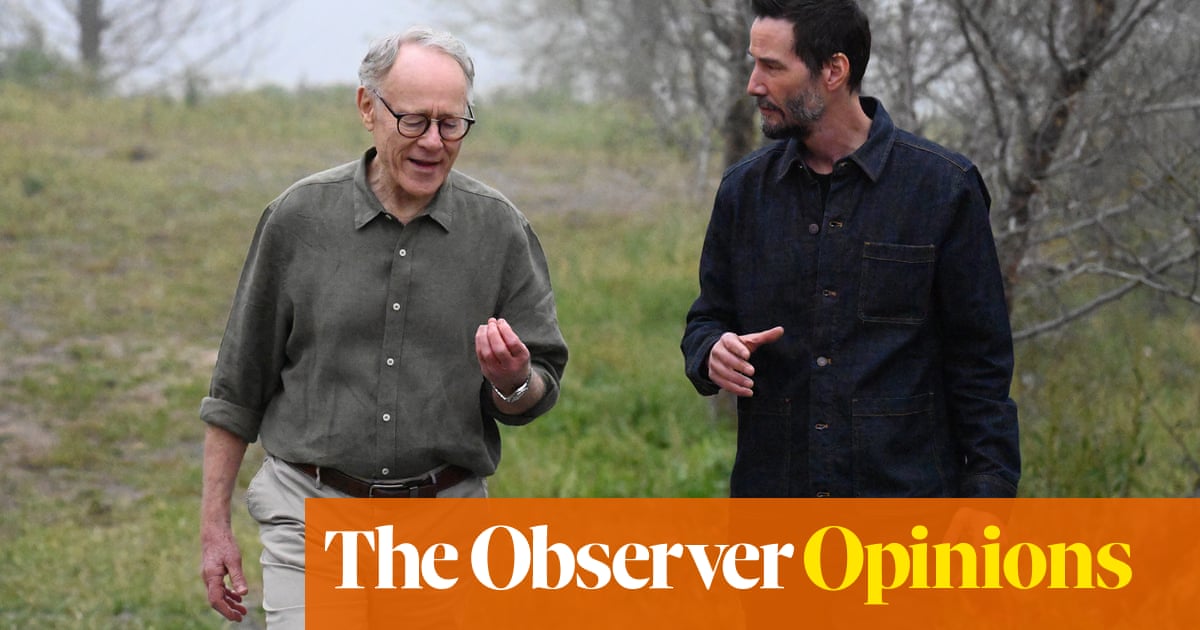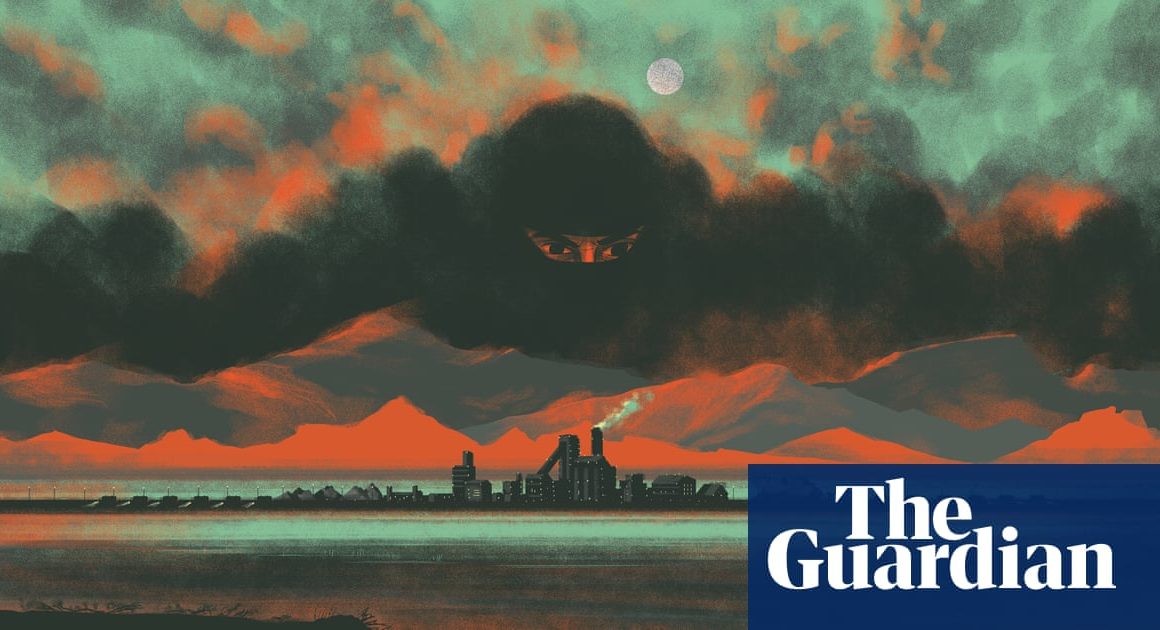Diary note: it may seem a while off, but the end of the world is still scheduled for 2030, precise date TBC. After once suggesting that nameless devastation could be upon us in 2012, the evergreen eschatologist Graham Hancock subsequently updated his advice to a comet, now six years off. Or thereabouts. MailOnline, which has been exhuming an ancient Hancock text, reminds readers of his “dire warning for our age”.
What is certain, anyway, is that a great and horrifying catastrophe will occur as soon as 16 October. This is the day Netflix will launch something astounding, almost beyond belief, something sceptics said could never happen: series 2 of Hancock’s Ancient Apocalypse. And stranger still: this terrible event stars, along with Hancock, the Hollywood actor Keanu Reeves.
How? Why? What can explain it? How come no ancient warnings graven on Göbekli Tepe predicted an event that will overturn, for many of his admirers, all they once thought they knew about Keanu Reeves? Even if he once saw a ghost. A chilling promotional clip shows the star telling the older man: “I mean as a kid I always thought the timeline was [dramatic pause] off.”
Oh, Keanu. It’s pure speculation, of course, but there is no avoiding from this clip the impression that he respects, could even believe in, Hancock’s signature theory: that after a comet (previously “crustal displacement”) totally destroyed a great ice age civilisation, its genius, somehow globetrotting survivors bequeathed loads of enormous monuments, possibly featuring comet warnings, before disappearing and leaving locals – until Hancock intervened – to take all the credit.
Cut to Hancock posing on some high outcrop and rehearsing his theme: a lost civilisation and the clues to its existence that he, alone, never stops finding all over the shop, specifically in this series, in the Netflix part of the world. Thunderous music underlines the solemnity of his final question: “Could the key to discovering a civilisation of the ice age lie here… in the Americas?”
Again, we can only guess at this point what Hancock will shortly conclude, keywise, from his latest trot around sites others have been good enough to excavate, but it seems reasonable to expect some overlap with his 2019 book, America Before: The Key to Earth’s Lost Civilization. Will Hancock be thrilling Reeves with perhaps the most staggering part of America Before: his proposal (also shared on the Joe Rogan show) that ancient monuments were sometimes constructed by paranormal means? “My speculation,” Hancock writes, “which I will not attempt to prove here or support with evidence but merely present for consideration, is that the advanced civilisation I see evolving in North America during the ice age had transcended leverage and mechanical advantage and learned to manipulate matter and energy by deploying powers of consciousness that we have not yet begun to tap.”
Viewers can expect, if Hancock’s ITN producers are true to his latest scholarship, to hear more about his lost civilisation’s familiarity with powers like telepathy. It might not impress “materialist thinkers”. “But if telepathy is real,” he writes, “and if its use and projection could be refined and made reliable, then who would need cell phones or Facebook or any of the other means of communication that are so ubiquitous today?” We could surely take Hancock’s audacious thought processes further. What if his entire Netflix series could be just beamed telepathically into your head, thanks to some undreamt of new system for collecting the subscription fees?
after newsletter promotion
Pending these marvels, it seems amazing enough that Netflix and ITN should once again award an influential platform to an author who has long been categorised as a purveyor of pseudoarchaeology. Admittedly the rise of anti-science discourse has helped normalise, if not his theories, Hancock’s bizarre claims to special – even suppressed? – insights. Contributing to this trend, the programme makers show him as a quest-driven, misunderstood seer; the rejection of his speculation, once thought fairly appropriate, is presented as an attraction.
No opportunity was lost in the first series of Ancient Apocalypse to denigrate dissenting archaeologists for disputing the existence of ancient Hancockia. “Perhaps,” he said in programme one, “there’s been a forgotten episode in human history, but perhaps the extremely arrogant and patronising attitude of mainstream academia is stopping us from considering that possibility.” In the same programme, Hancock interviewed an architect, Prof Danny Hillman Natawidjaja, who says the Gunung Padang site in Indonesia is an incredible 25,000 years old. Literally incredible. The professor’s research paper was retracted this year.
Inevitably, any expert complaints about Hancock’s performances risk serving as proofs of his heroism, as sinister confirmation of establishment plots, just as medical correction only reassures anti-vaxxers that their suspicions are well founded. After the Society for American Archaeology (SAA) wrote an open letter to Netflix, objecting to the disparagement of archaeologists in Ancient Apocalypse, to its classification as a “docuseries” and to its “injustice” to Indigenous peoples (those whose monuments are claimed for Hancockians), the author, defending himself, duly cited the Netflix letter as evidence of his persecution. “The SAA’s open letter is just one of the more recent examples of this ongoing highly personalised vendetta.”
As for the SAA citing lack of evidence: “That archaeologists have not found material evidence that would convince them of the existence of a lost civilization of the ice age, is not by any means compelling evidence that no such civilization could have existed,” he wrote. And we can take it from the imminent second series, that Netflix and ITN fully endorse Hancock’s reminder, one underpinning his entire oeuvre, that “absence of evidence is not evidence of absence”.
Quite so. There may be no evidence to show Reeves was coerced, probably by occult means, into participating in a project so likely, like its predecessor, to be condemned by the Society for American Archaeology.
That doesn’t prove he wasn’t.










